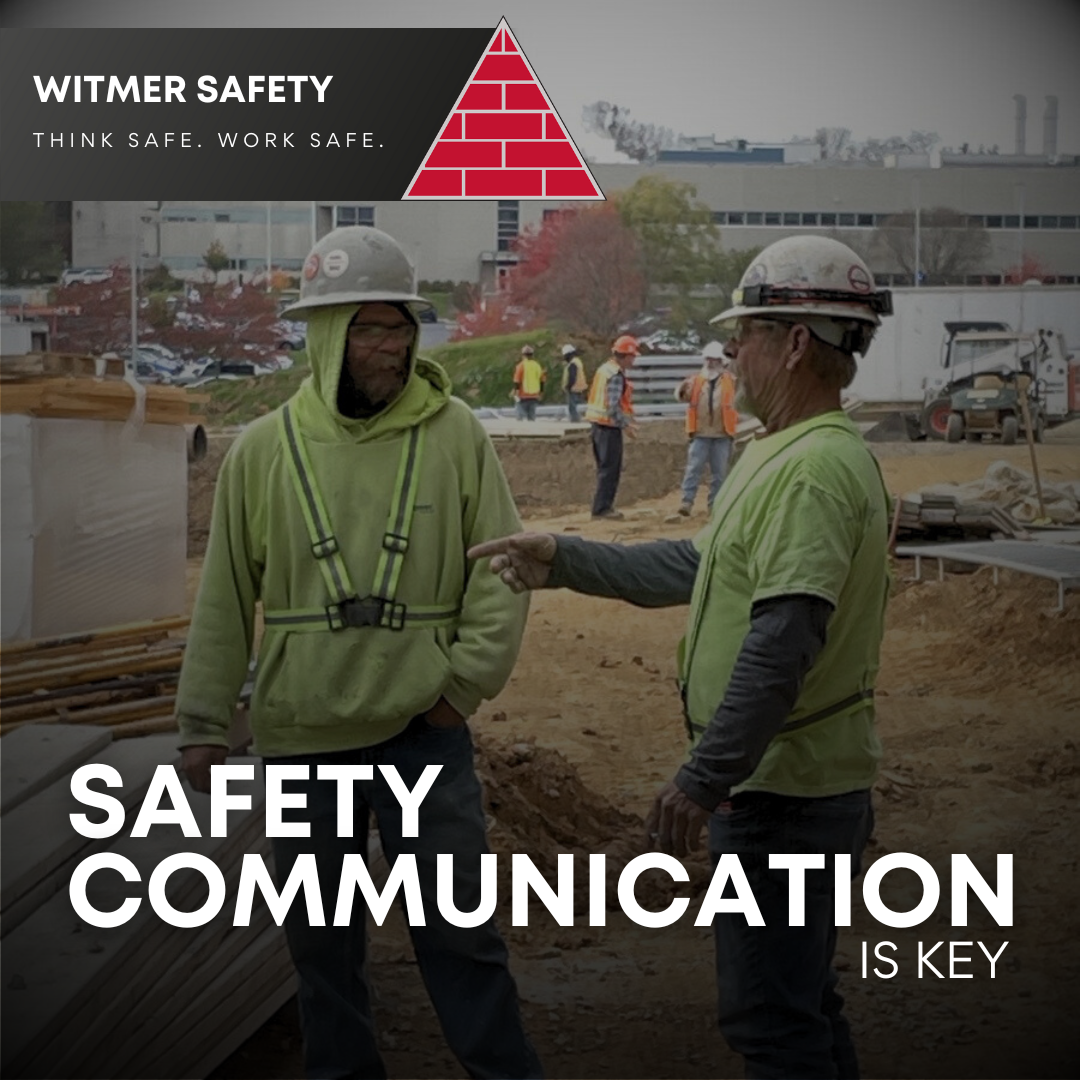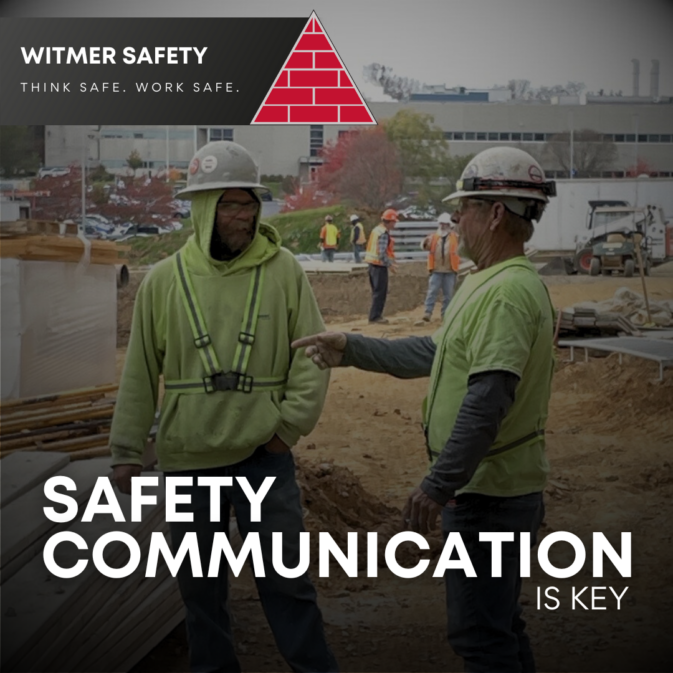Witmer Safety – The Importance of Safety Communication
Maintaining a secure environment relies on effective safety communication. It’s essential to communicate clear and consistent safety protocols, potential hazards, and emergency procedures to ensure everyone is informed and ready to respond appropriately. Additionally, having a heightened awareness of your surroundings allows you and your team members to identify and mitigate risks before they become accidents. By practicing open communication and remaining attentive to surroundings, the likelihood of accidents decreases, creating a safer and more secure workspace or setting.
Tips for Effective Safety Communication:
Clarity and Simplicity: Use clear, simple language and visuals to convey safety messages. Avoid jargon or complex terminology that might confuse people.
Consistency: Ensure that safety messages are consistent across all communication channels. This consistency reinforces the importance of safety measures.
Relevance: Tailor the message to the specific audience or situation. Highlight how safety measures directly affect individuals and why they’re crucial.
Engagement and Participation: Encourage active involvement and feedback from employees or stakeholders. Engaged individuals are more likely to embrace and follow safety guidelines.
Visual Aids and Demonstrations: Use visual aids, demonstrations, or real-life examples to illustrate safety procedures. Visuals often enhance understanding and retention.
Two-Way Communication: Establish channels for open dialogue regarding safety concerns or suggestions. This fosters a culture of transparency and trust.
Effective safety communication is more than just sharing rules and guidelines; it’s about fostering a culture of responsibility, awareness, and care.







